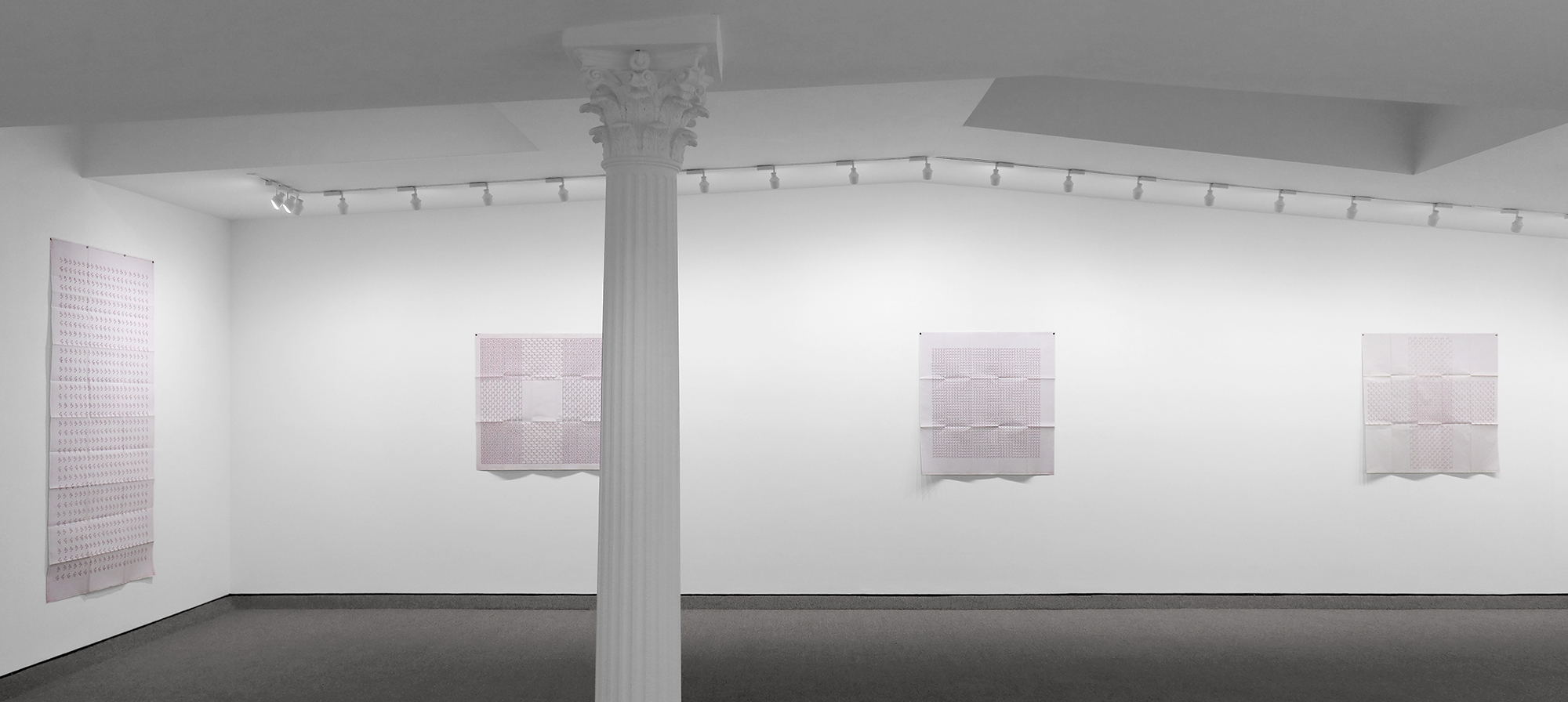
León Ferrari was born in Buenos Aires in 1920. His father, Augusto, was an Italian artist who painted religious frescoes and helped build and restore churches. Augusto advised his son not to choose an artistic career because of the poor financial prospects, so León studied engineering at the University of Buenos Aires. He made numerous trips to Italy, where he worked as an engineer and began making abstract art. In 1960, he had a show of his abstract art in Buenos Aires. By 1965, he became known for his art that often included provocative social and political critiques of war, social inequality, discrimination (sexual, religious, and ideological), and abuse of power. He castigated the Argentine government for human rights abuses well before the military took full control in 1976. Fearing reprisal, he went into exile in Brazil from 1976 to 1991. His son, Ariel, was abducted by the military shortly thereafter (and is presumed dead) as part of the Guerra Sucia (Dirty War) in Argentina.
Within a few years of relocating to Brazil, partly inspired by the mass quantities of people he saw daily on the streets and partly inspired by political beliefs, Ferrari began the body of work now on view at Krakow Witkin Gallery. ‘Heliografía’ is a process most often associated with architectural blueprints. The main imagery in Ferrari’s heliografías was formed from Letraset (architectural symbols, precut as rub-on stickers). In the current presentation, the vast majority are of a human figure walking, as seen from a bird’s-eye view. Ferrari used huge quantities of this one figure to create imaginary scenarios/environments/plans that can be seen as absurd, pointed, wry, and/or existentially dark. In one work, a repeated ‘line’ of this figure walk in a permanently looped pattern. In another, two organized masses of the letraset figure stand facing in opposition. In a third work, grids of the figure are facing alternating directions so as to create an almost patchwork-like image, somewhere between a crowd and a blanket. While the heliografías point out the dangers of blindly following a particular pattern or movement, they also engage issues of order versus chaos, collective versus individual and oppositional versus intersectional.
It is important to recognize how Ferrari engaged the physical objects/pieces of paper of the heliografías. In the 1980’s he printed them and signed them. He would fold and mail them to friends and colleagues. The works existed somewhere between being blueprints, mail art and maps. The folding is a key element in that the images on the paper are embedded in the creases and undulations (from the folding of the paper) to create works that are images, objects and sculptures, all at once. Furthermore, when Ferrari first started making the pieces in the 1980’s, he would sometimes denote that they were part of an edition and other times he would not. In the 2000’s, he revisited the imagery and realized that in order for the process of their making to be resonant with the imagery, message and object, he needed to list them as editions of infinity (endless, like the movement in the imagery) and to not denote which # of the edition they are (denying individuality), thus all the works in the current exhibition are listed as “x/infinity,” balancing the importance of political content with formal and technical exploration.
A world-renowned artist, Ferrari’s work is included in major museum collections including the Museum of Modern Art (MoMA), NY; the Casa de las Americas, Havana; Daros Latin America, Zurich; and the Centre Pompidou, Paris among many others. The artist received the prestigious Golden Lion for Lifetime Achievement Award at the Venice Biennale in 2007. In 2009, New York’s Museum of Modern Art showed León Ferrari’s and Mira Schendel’s work in its dual retrospective exhibition, “Tangled Alphabets.” In 2021, the Museo Reina Sofía (Madrid), Van Abbemuseum (Eindhoven) and Musée national d’Art moderne-Centre Pompidou (Paris) launched a survey exhibition that is currently traveling between museums.
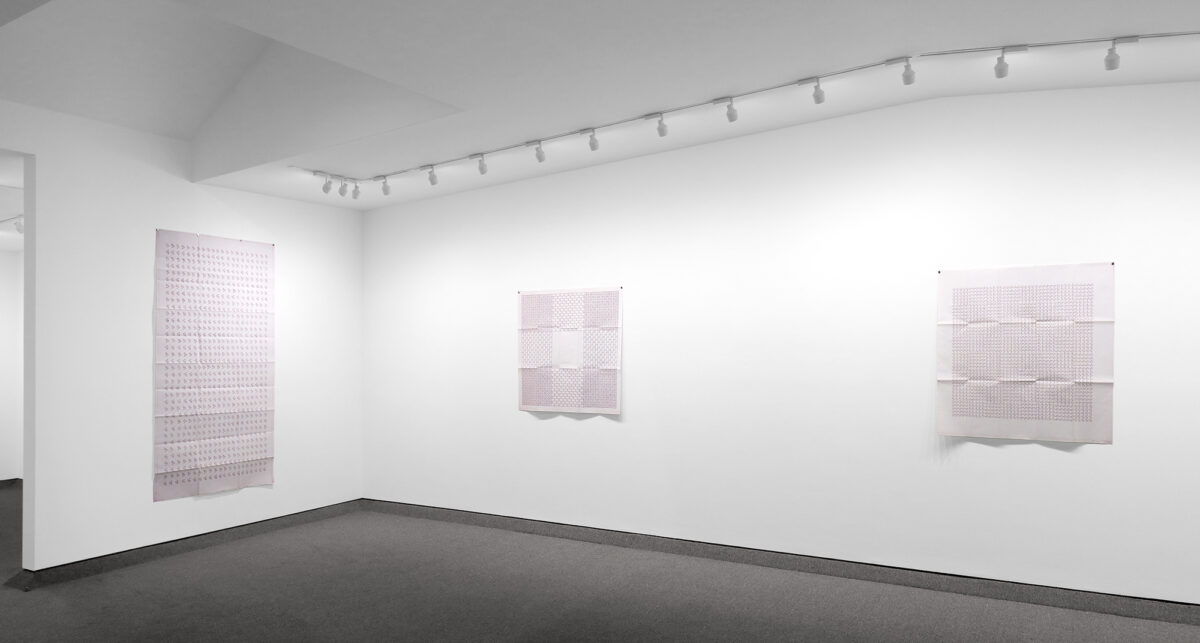
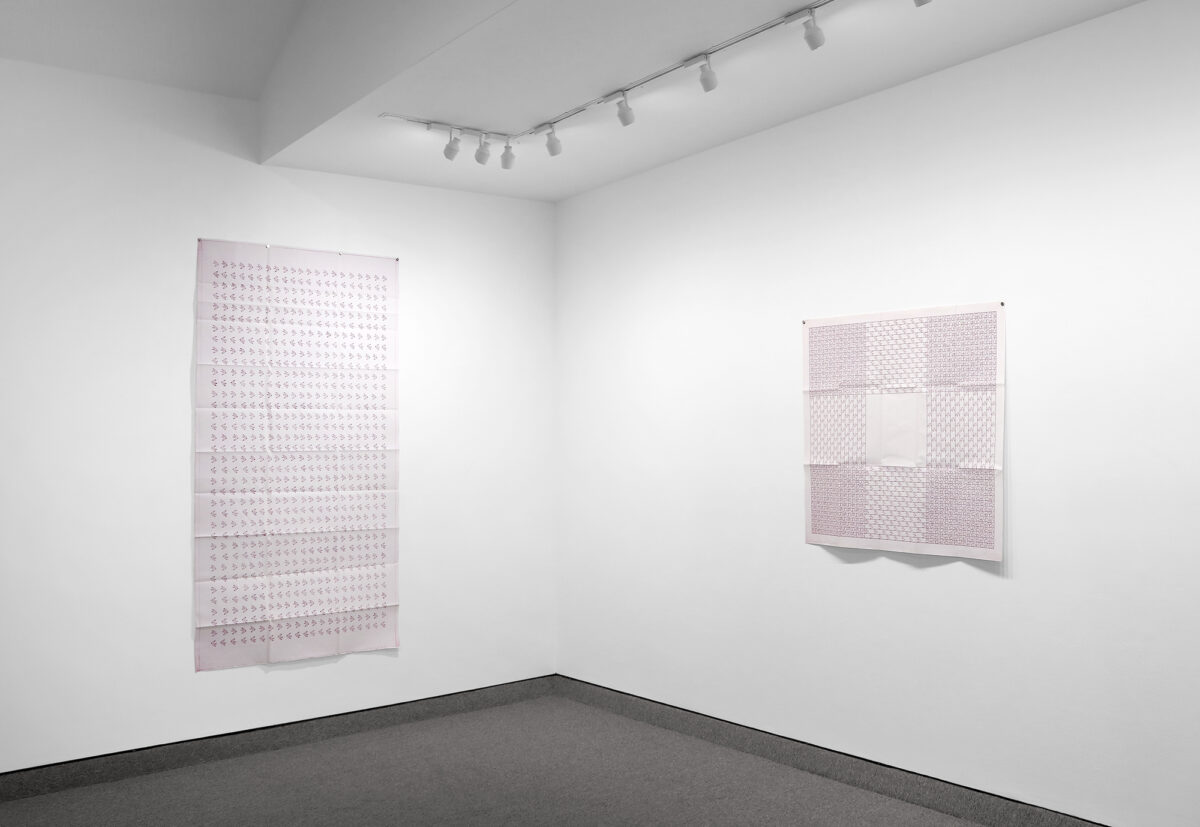
Edition X of Infinity
Image/paper size: 70 1/16 x 42 7/8 inches (178 x 108.9 cm)
Signed, numbered, and dated in ink lower right. Printed in image “17 Escritura” lower right
(Inventory #32965)
Edition X of Infinity
Image/paper size: 70 1/16 x 42 7/8 inches (178 x 108.9 cm)
Signed, numbered, and dated in ink lower right. Printed in image “17 Escritura” lower right
(Inventory #32965)
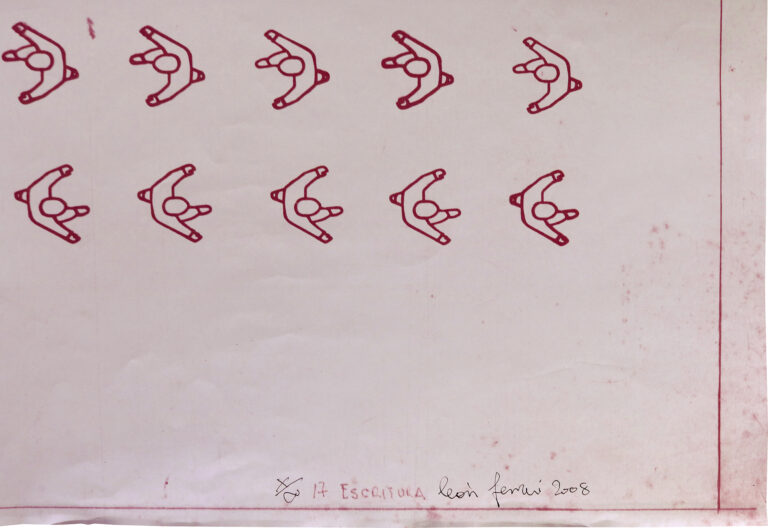
Edition X of Infinity
Image/paper size: 39 x 39 inches (99.1 x 99.1 cm)
Signed, numbered, and dated in ink lower left. Printed in image “20 14/11/82 “Cuadrado” lower left
(Inventory #32971)
Edition X of Infinity
Image/paper size: 39 x 39 inches (99.1 x 99.1 cm)
Signed, numbered, and dated in ink lower left. Printed in image “20 14/11/82 “Cuadrado” lower left
(Inventory #32971)
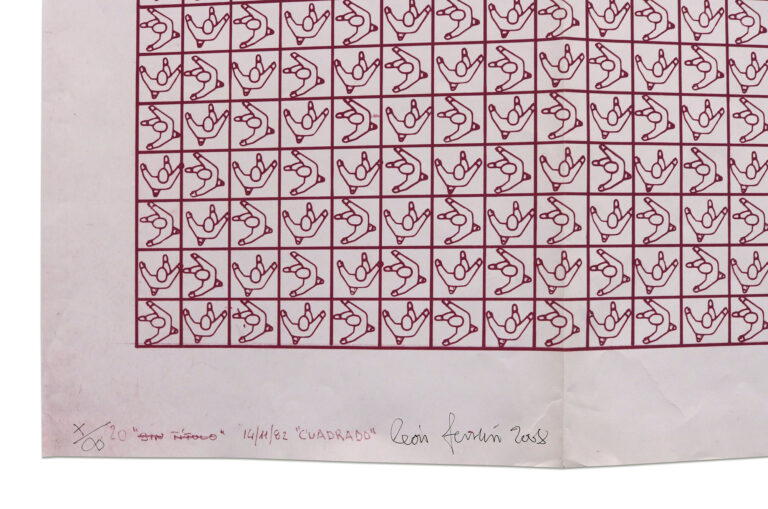
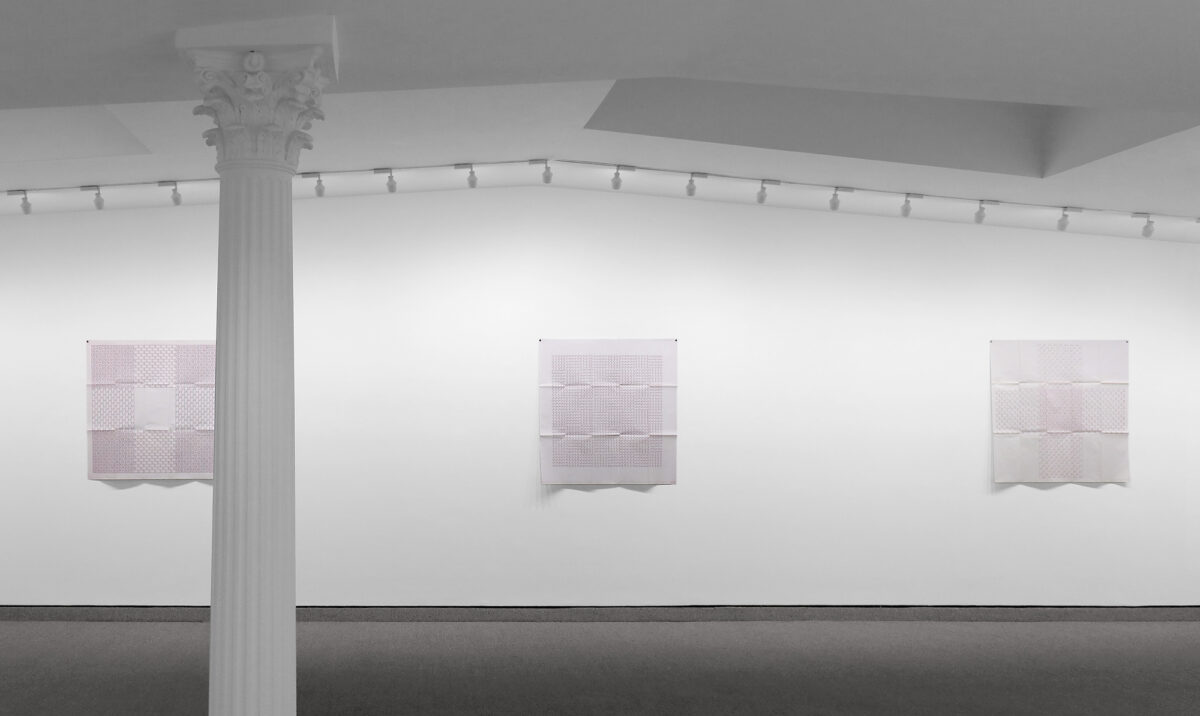
Edition X of Infinity
Image/paper size: 40 15/16 x 40 15/16 inches (104 x 104 cm)
Signed, numbered, dated in ink lower right. Printed in image “5 Tablero 1982” lower right
(Inventory #32972)
Edition X of Infinity
Image/paper size: 40 15/16 x 40 15/16 inches (104 x 104 cm)
Signed, numbered, dated in ink lower right. Printed in image “5 Tablero 1982” lower right
(Inventory #32972)
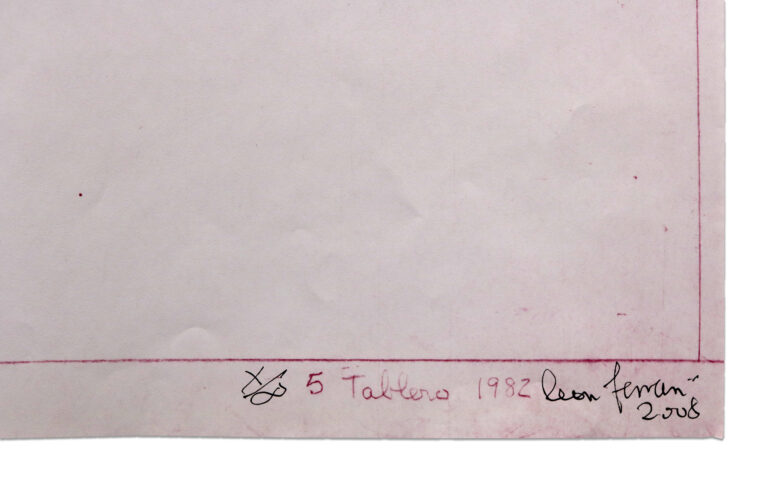
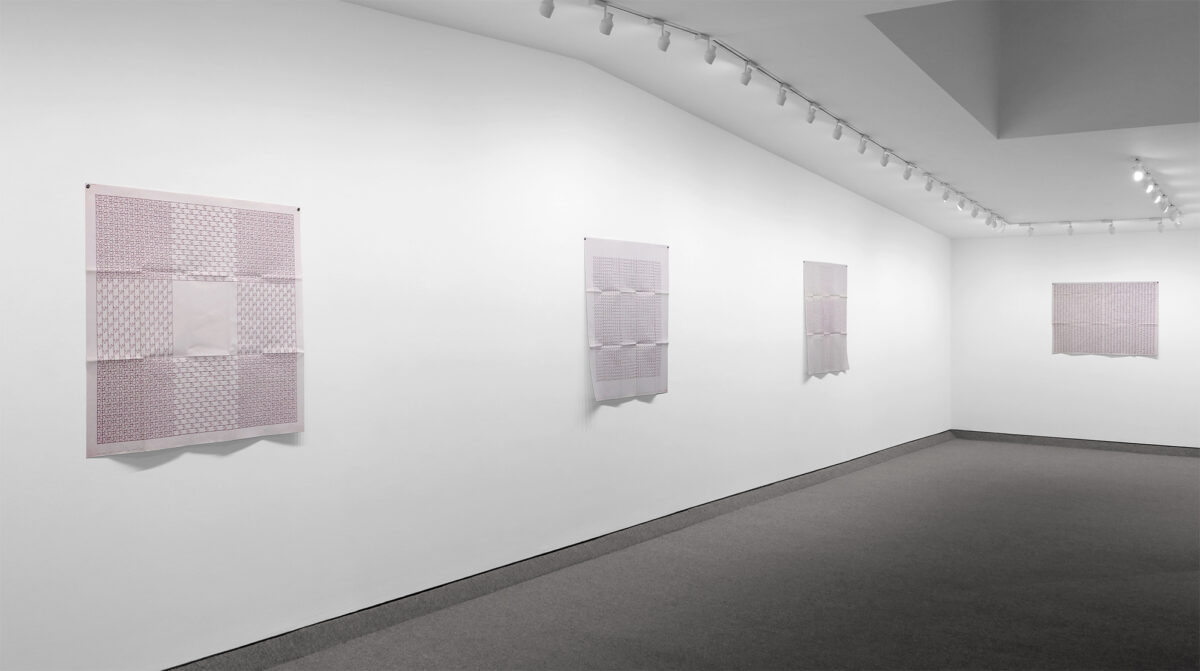
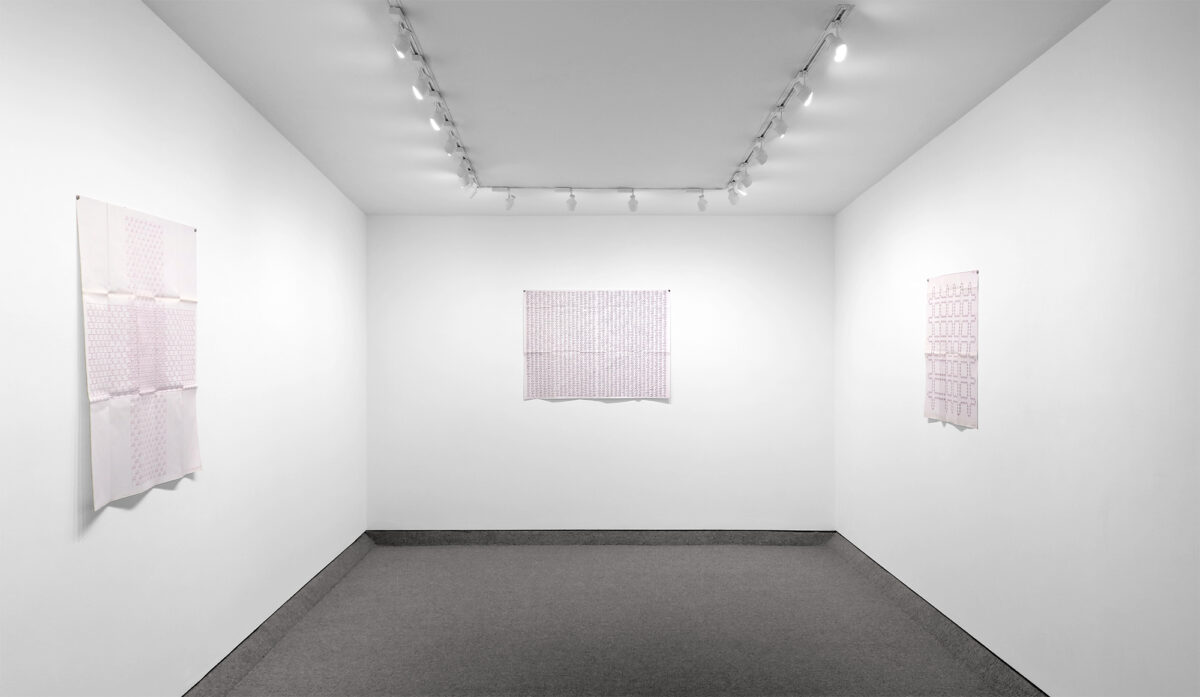
Edition X of Infinity
Image/paper size: 38 7/8 x 39 inches (98.7 x 99.1 cm) Paper size:
Signed, numbered, and dated in ink lower right. Printed in image “Crece c.1983” lower right
(Inventory #32973)
Edition X of Infinity
Image/paper size: 38 7/8 x 39 inches (98.7 x 99.1 cm) Paper size:
Signed, numbered, and dated in ink lower right. Printed in image “Crece c.1983” lower right
(Inventory #32973)
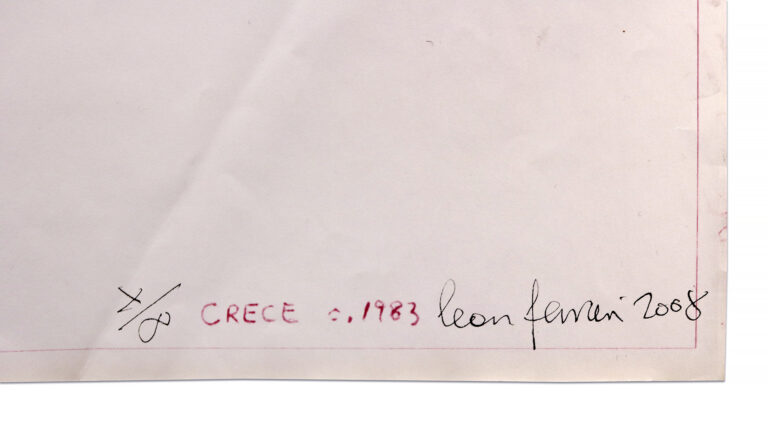
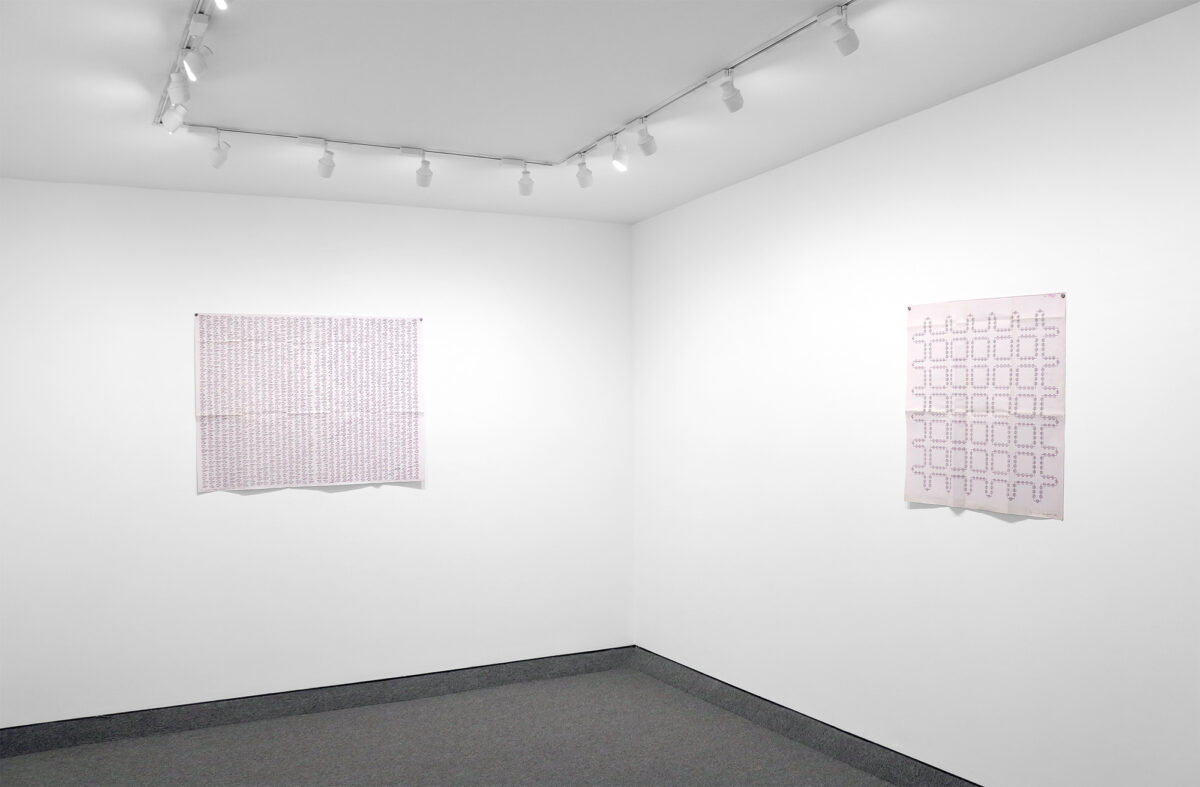
Edition X of Infinity
Image/paper size: 31 1/8 x 39 inches (79.1 x 99.1 cm)
Signed, numbered, and dated in ink lower left. Printed in image “4 Espectadores Reciprocos 1981” lower left
(Inventory #32967)
Edition X of Infinity
Image/paper size: 31 1/8 x 39 inches (79.1 x 99.1 cm)
Signed, numbered, and dated in ink lower left. Printed in image “4 Espectadores Reciprocos 1981” lower left
(Inventory #32967)
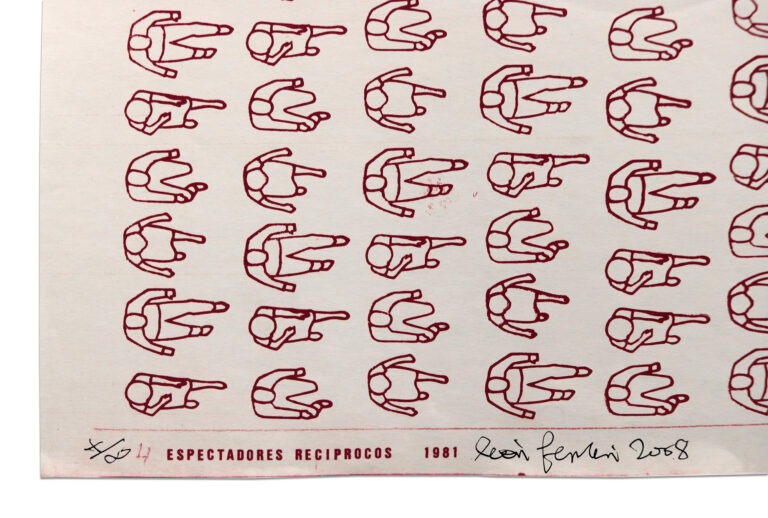
Edition X of Infinity
Image/paper size: 29 1/8 x 26 7/8 inches (74 x 68.3 cm)
Signed, numbered, and dated in ink lower right. Printed in image “19 Mesas” lower right
(Inventory #32968)
Edition X of Infinity
Image/paper size: 29 1/8 x 26 7/8 inches (74 x 68.3 cm)
Signed, numbered, and dated in ink lower right. Printed in image “19 Mesas” lower right
(Inventory #32968)
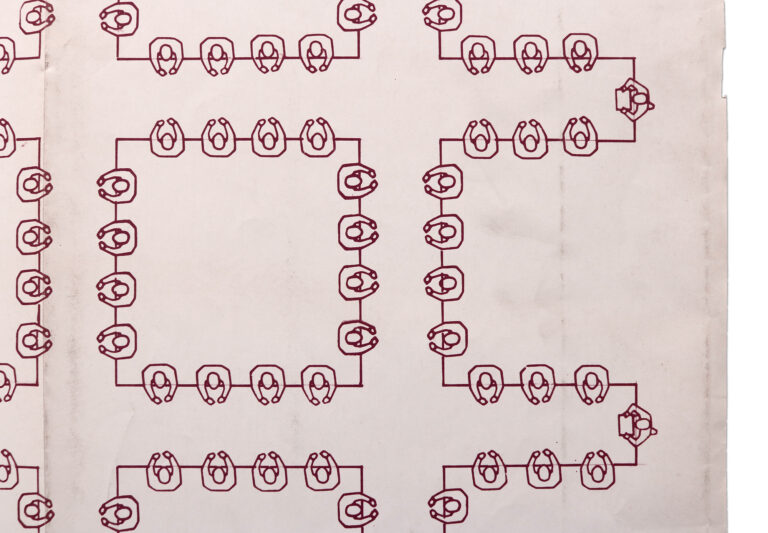
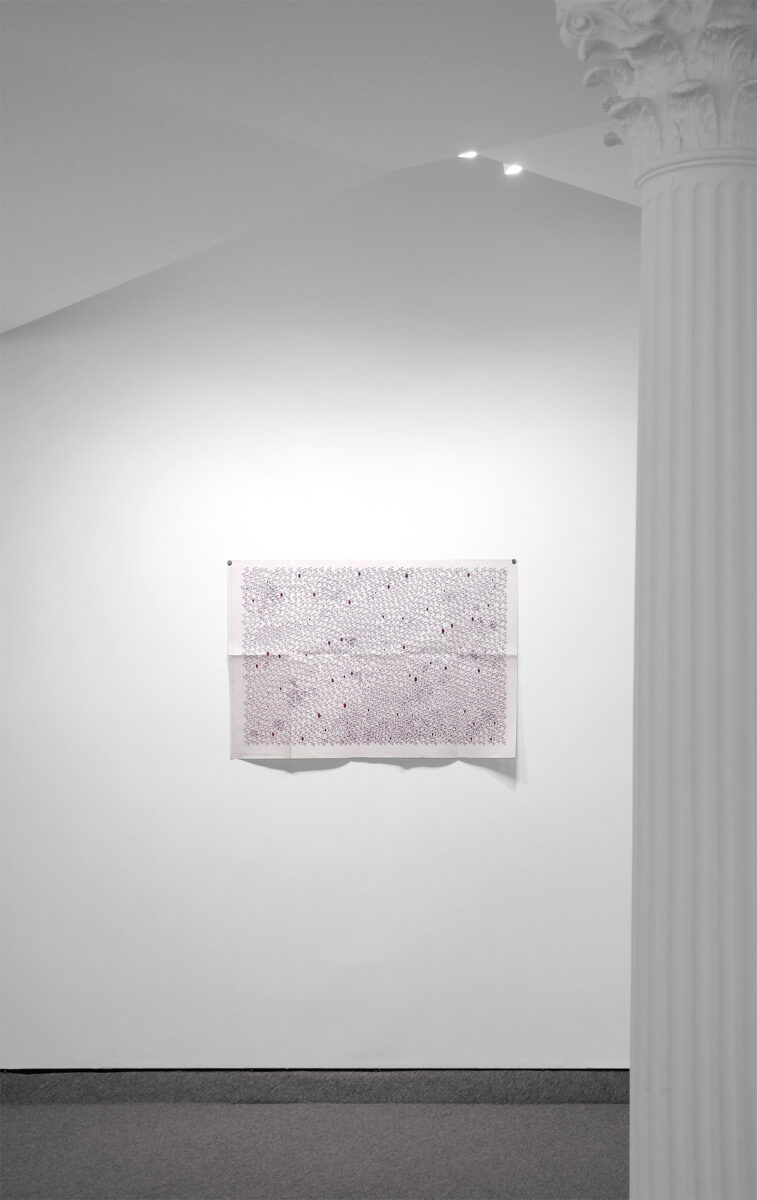
Edition X of Infinity
Image/paper size: 27 x 38 7/8 inches (68.6 x 98.7 cm)
Signed, numbered, and dated in ink lower left. Printed in image “26 Destino c 1982” lower left
(Inventory #32969)
Edition X of Infinity
Image/paper size: 27 x 38 7/8 inches (68.6 x 98.7 cm)
Signed, numbered, and dated in ink lower left. Printed in image “26 Destino c 1982” lower left
(Inventory #32969)
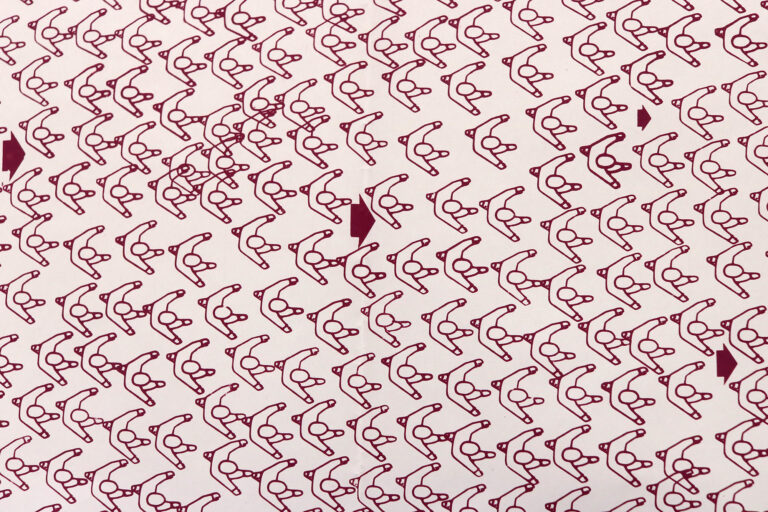
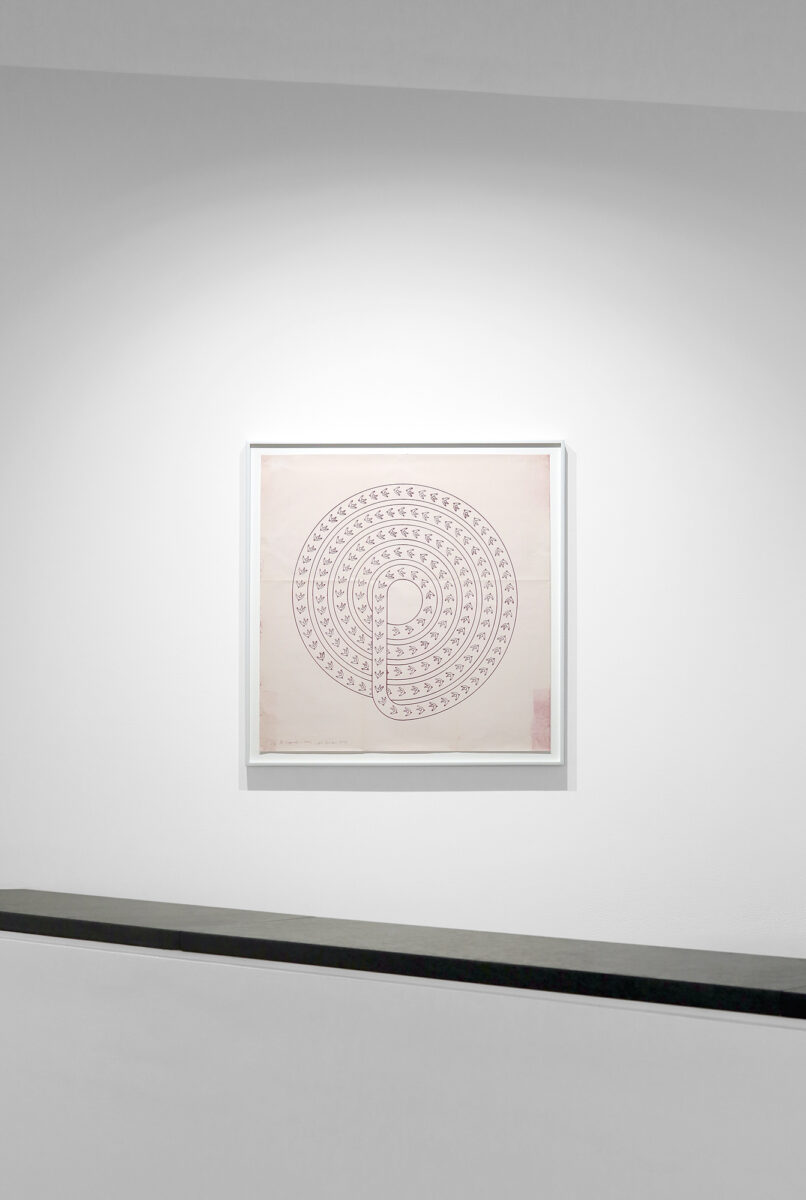
Edition X of Infinity, conceptually, but in reality only a few were made (there are no records of exactly how many)
Paper size: 23 x 23 inches (58.4 x 58.4 cm)
Frame size: 26 x 25 1/2 inches (66 x 64.8 cm)
Signed, numbered, and dated in ink lower left. Printed in image “21 Espiral c. 1983” lower left
(Inventory #32966)
Edition X of Infinity, conceptually, but in reality only a few were made (there are no records of exactly how many)
Paper size: 23 x 23 inches (58.4 x 58.4 cm)
Frame size: 26 x 25 1/2 inches (66 x 64.8 cm)
Signed, numbered, and dated in ink lower left. Printed in image “21 Espiral c. 1983” lower left
(Inventory #32966)
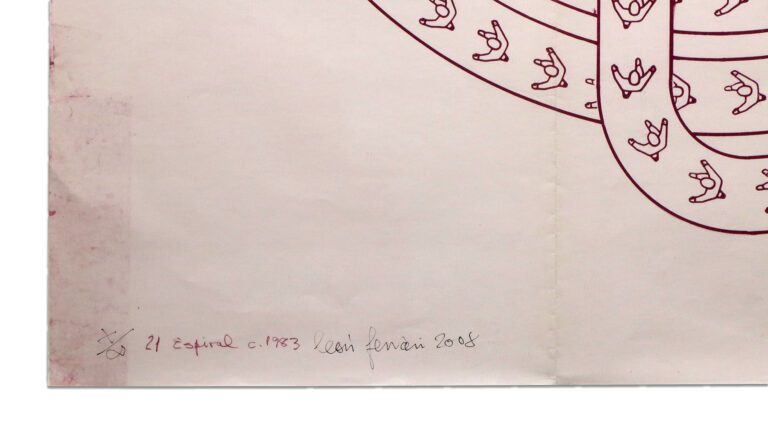
No results found.
10 Newbury Street, Boston, Massachusetts 02116
617-262-4490 | info@krakowwitkingallery.com
The gallery is free and open to the public Tuesday – Saturday, 10am – 5:30pm